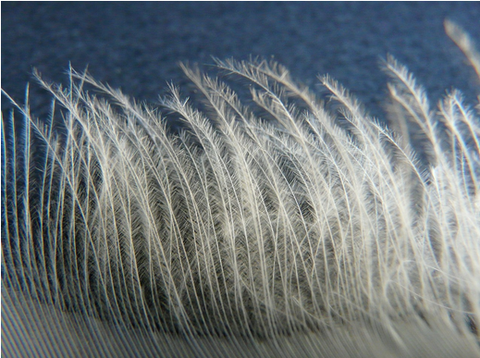What’s the Best Insulation for Heated Jackets?
When it comes to staying warm in cold weather, heated jackets have become increasingly popular. This kind of fantastic clothing keep you warm by using state-of-the-art insulation materials. However, with a multiple of insulation options available, it can be challenging to choose the most suitable one. In this blog post, we will explore how to choose the best insulation and introduce different types of insulation commonly used in these garments.

How to Choose the Best Insulation For Heated Jackets?
Selecting the right insulation for your heated jacket is crucial to ensure optimal warmth and comfort. Here are some factors to consider when making your decision:
1.Warmth: The main purpose of insulation is to capture and retain heat. Look for insulation materials that have high warmth-to-weight ratios and provide excellent thermal efficiency.
2.Weight and bulk: It’s important to strike a balance between warmth and mobility. Insulation that is excessively heavy and bulky can limit mobility, resulting in an uncomfortable wearing experience. Consider lightweight and compressible options that offer warmth without sacrificing mobility.
3.Breathability: Sweating is inevitable during physical activities, so it’s crucial to choose breathable insulation. Look for materials that have sweat-wicking properties and allow for quick drying to keep you comfortable and dry.
4.Durability: Durability is important when it comes to heated jackets. Jackets made of durable materials appeal to those who dare to challenge the outdoors. Choose insulation that can withstand frequent use and maintain its insulating properties over time.
Different types of insulation for heated jackets
There are several types of insulation commonly used in heated jackets. Each type has its own characteristics, offering unique benefits for different needs. Here’s an overview of some popular insulation options:
1.Down feather insulation:Down feathers are known for their exceptional warmth-to-weight ratio. They provide excellent insulation by trapping air within the clusters of feathers. Down insulation is highly compressible, lightweight, and offers superior warmth. However, when it gets wet, it may lose its insulating properties and needs special care for maintenance.

2.Fleece:
Fleece is a synthetic material that provides effective insulation and breathability. It is known for its softness and ability to retain heat evenly when damp. Fleece insulation is lightweight, dries quickly, and effectively manages moisture. It is a popular choice for active individuals who require warmth and flexibility.

3.Synthetic fiber insulation:
Synthetic insulation, such as polyester or nylon, is designed to mimic the insulating properties of down feathers. It is a more affordable and practical alternative to down, as it retains its warmth even when wet. Synthetic insulation is also hypoallergenic and easy to maintain, making it a versatile option for heated jackets.

4.Graphene lining:
Graphene is a groundbreaking material known for its exceptional heat conductivity. In heated jackets, a graphene lining is commonly utilized to evenly distribute heat throughout the entire garment. This insulation technology ensures optimal comfort in cold conditions by providing efficient and consistent warmth.

Cotton is a natural and sustainable choice for heated jackets. It provides both good insulation and breathability. However, cotton may not be as effective in wet conditions compared to other synthetic materials.

To help you compare the characteristics of these different types of insulation, the following table summarizes their key features:
|
Insulation Type |
Warmth |
Water Resistance |
Moisture Management |
Durability |
|
Down Feather |
High |
No |
Moderate |
Requires Special Care |
|
Fleece |
Moderate |
No |
Excellent |
Good |
|
Synthetic Fiber |
Moderate |
Yes |
Good |
Excellent |
|
Graphene Lining |
High |
No |
Excellent |
Good |
|
Cotton |
Good |
No |
Good |
Moderate |
Conclusion:
Choosing the best insulation for heated jackets is essential to staying warm and comfortable in cold weather. Consider factors such as warmth, weight, moisture management, and durability when selecting insulation. Evaluate the characteristics of different types of insulation, such as down feather, fleece, cotton, synthetic fiber, and graphene lining, in order to find the option that best suits your needs. By making an informed decision, you can ensure that your heated jacket will provide reliable warmth and protection during chilly adventures.
Follow us on Facebook and Instagram.
Join our Group on Facebook to get more discount information on Venustas.
Read Venustas heated jacket manual: